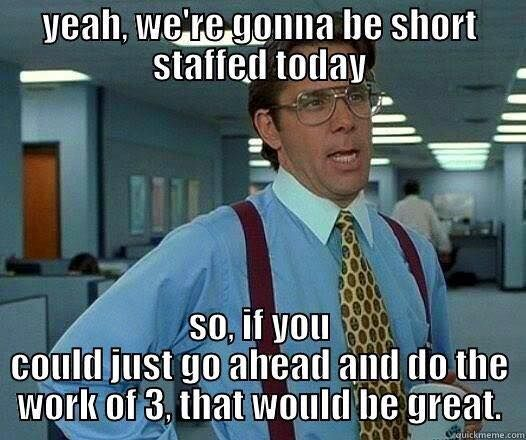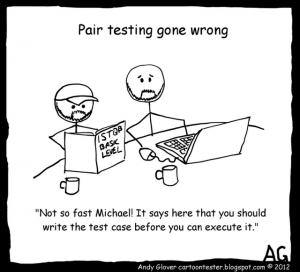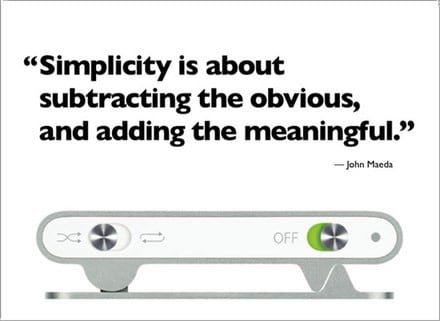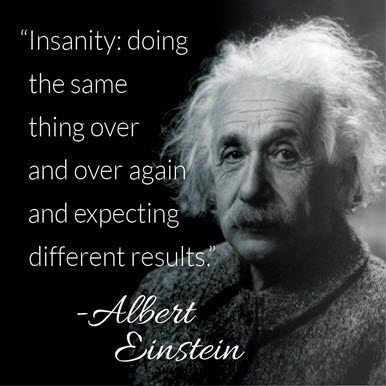In talent and business, you have to fight the fires that are burning right now. Talent decision-makers struggle with new issues every day as they navigate the demands of leadership, evolving technologies, and the competitive market for scarce talent.
The conditions of the present also put pressure on larger efforts that should be focused on the future. For example, initiatives to implement new HR technologies or processes tend to focus on the needs and conditions of the present, even when known events in the near future would demand re-work soon after go-live. This flawed approach could be called, “present-tense planning.”
Whether you’re implementing an applicant tracking system, managing changes in organizational structure or geography, or supporting a corporate initiative, getting stuck in the present can be risky. With a technology implementation, you may find yourself deploying a system that needs to be changed, expanded or updated immediately after go-live — an expensive prospect.












